
Mat Best, Evan Hafer, and Jarred Taylor in the early days of Black Rifle Coffee Company.
Evan Hafer, the founder and CEO of Black Rifle Coffee Company, was suspicious. He was holding staff meetings every two days, being told that their in-house fulfillment center was only a few shipments behind, and yet customer service complaints were piling up. So he went to check for himself and quickly discovered that the backup was considerably worse than he had believed.
In a situation like this, a good leader has only one choice: take action.
Hafer put out a call for the entire company, every single employee up to the highest executive level, to report to fulfillment and stop all other business until they had caught up. “We are on the line, grabbing coffee, putting it in boxes, taping it up, shipping it out, like madmen, for eight to 10 hours a day,” said Jarred Taylor, BRCC co-founder and vice president of business development, recalling that memorable time in 2016. The company was only in its second year of operation and finding out the hard way that scaling a rapidly growing business can sometimes be stressful, if not painful.
But for a company led by military special operations veterans, pain and stress in pursuit of a mission is nothing more than a familiar, old friend.
In the end, they shipped 24,000 boxes of coffee over the course of three days. The ordeal forced them to realize just how massive their enterprise had become. And it had all started from a one-pound roaster in Hafer’s garage.
Today, five years since its founding, Black Rifle Coffee Company employs more than 200 people — 40 percent of them veterans of the U.S. military. Their products are available at 1,700 retail locations across the country as well as through online sales, and they are on pace to pull in $80 million in revenue in 2019. Their Facebook page has 1.25 million followers, and their viral videos are notorious throughout the veteran, first responder, and pro-Second Amendment communities.
But there is more to the company than viral videos and premium coffee. Co-founder and executive vice president Mat Best sees the true value of BRCC as providing a sense of belonging to the customers who have supported the company from its humble beginnings.
“We want them to be so engaged with the brand,” Best said. “Understand what our values are, understand our mission statement, understand what we’re doing for the veteran community — why we’re out there frickin’ working so hard.”
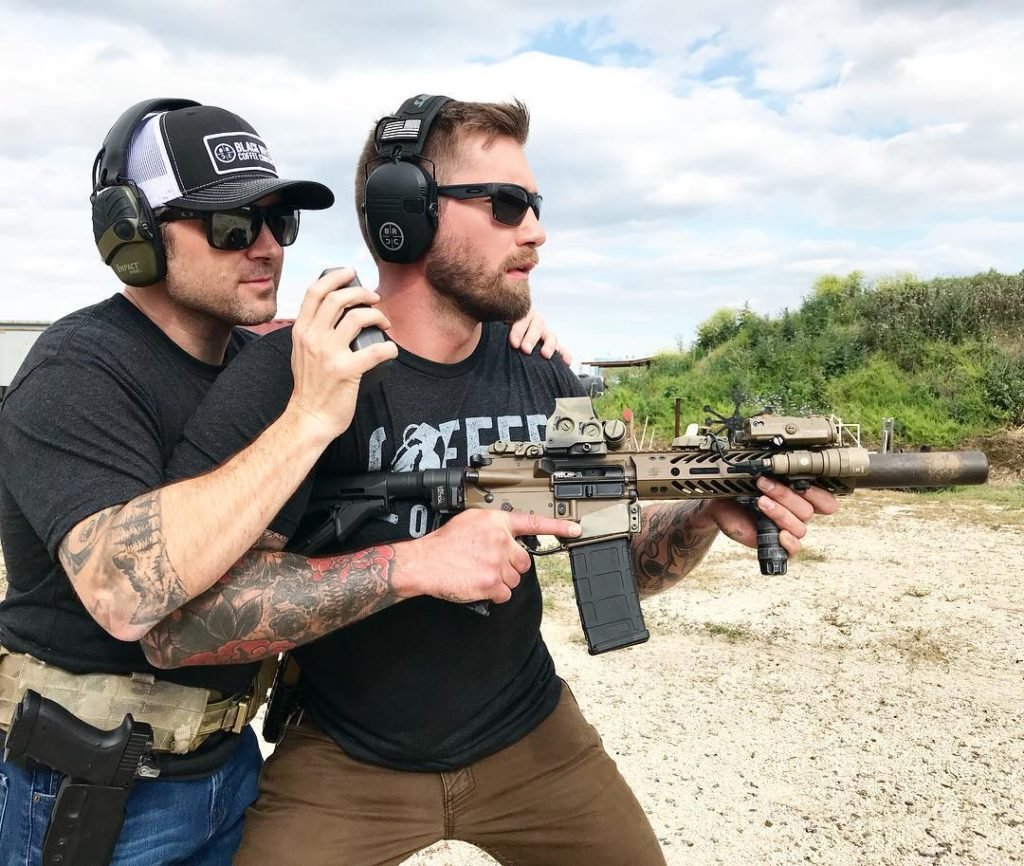
Hafer grew up associating coffee with his father and his maternal grandfather, both loggers, who would head off to work with black coffee in their heavy thermoses. But it wasn’t until his time as a U.S. Army Special Forces NCO, or “Green Beret,” that his interest in coffee grew. While his buddies were exploring home-brewing beer, he was home-roasting coffee beans. He couldn’t stop thinking of new ways to make the experience of drinking coffee unique every day. Hafer tried to figure out how to make the perfect cup of coffee on deployment overseas or in the backcountry at home.
“Coffee is fascinating to me,” Hafer said. “It doesn’t ever run out of interest for me. It’s a book that never ends.”
During his time in the CIA, Hafer roasted coffee in his personal roaster. His extracurricular hobby occasionally came up in conversation with Jeff Kirkham, a fellow former Green Beret and CIA operator. The two had known each other since 2000 and had small children the same age when they “started plotting our escape from the golden handcuffs of the United States government,” as Kirkham put it. “Since we started having kids at the same time, going overseas wasn’t as cool as it used to be.”

Indeed, life as a special operator in the world’s most renowned intelligence agency is not as glamorous as one might think. Sure, the deployments were generally only a few months long, but Hafer would often only be home for a month before going over again. This resulted in dozens of deployments over the course of nearly a decade on the job, often to some of the most dangerous locations on earth.
But when Hafer began to consider leaving his job with the CIA after nine years, he wasn’t thinking big. “I visualized myself more as a father,” he said, “considering what type of father do I want to be versus what type of operator do I want to be.” His wife was managing a coffee shop in Denver, and he pictured owning his own coffee shop, with his kids underfoot, fulfilled in a way that his work at the Agency wasn’t providing.
“I wasn’t professionally happy,” Hafer said. “I wrote a mission statement, which was to transition away from government service and to live a happy and fulfilling life. I didn’t want to work for any person ever again. I didn’t want to have anything to do with carrying a rifle for a living anymore.” It was a mutual decision between Hafer and the Agency — it was time to move on.
So he and Kirkham developed a business idea called TwistRate. “It was essentially the tactical firearms version of Kickstarter because Kickstarter doesn’t allow any weapons,” said Taylor, who later got involved in the project. “We knew there were a ton of operators out there who had these ideas, but they don’t have a forum to raise money and try and prototype some of these ideas.”
“I didn’t want to work for any person ever again. I didn’t want to have anything to do with carrying a rifle for a living anymore.”
“TwistRate didn’t make it,” said Kirkham. “Most businesses don’t make it, but it was a tremendous education on a lot of things” — including who to trust and how to spend their money. They had hired a public relations firm, but “we’d have probably gotten more out of it if we’d thrown the money out in the middle of the parking lot and lit it on fire,” Kirkham said. “At least we’d have gotten warm.”
But their attempt at marketing TwistRate did provide an epiphany, if nothing else. “We recognized the power of video and that video was going to be the next big thing that was going to take place,” Kirkham said. “At that time, social media was relatively new, picking up speed — Facebook, YouTube. We could tell video was going to be the future on this.”
Growing up as a skateboarder in Bangor, Washington, Jarred Taylor was deeply interested in making videos. Using his parents’ 8mm camera, he often filmed his friends skating. “I would tell people when I was super young, ‘I wanna make movies, I wanna make movies, I wanna make movies,’” Taylor said.
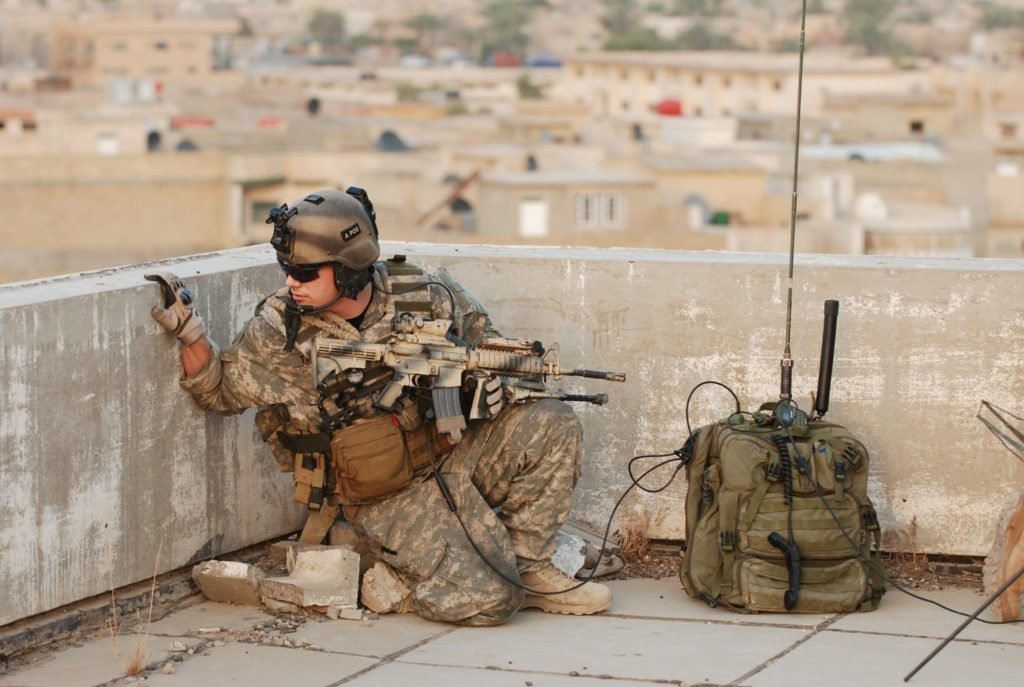
After high school, Taylor joined the U.S. Air Force and served as a Tactical Air Control Party (TACP). He spent his downtime working as part of BotStik Collective with Gary Stevens, who is now BRCC’s director of design, creating advertisements for the tactical industry. But he was also fascinated by social media, especially YouTube and Facebook.
“I’m kind of wearing two hats, where I’m producing from concept to finished product — whether that’s video, photo composite, advertisement — but I’m also face deep in how do you get traffic, how do you get the maximum number of people to see this stuff,” Taylor said.
He met Mat Best in 2012, when the former Army Ranger was contracting for the CIA. Best made his first zero-budget humor video in response to the banal first-world problems he heard people on the internet complaining about. When that video got a solid number of views on YouTube, he made more. “I had just been making silly social media posts by myself,” said Best, “and I reached out to a general interest page on Facebook, which was randomly run by Jarred Taylor.”
Taylor knew instinctively that Best had everything it took to become a social media star. “I took one look at him and his videos he was making and said, ‘You’re it, man. This is what the tactical industry was looking for, this is what I’ve been looking for as a partner,’” Taylor said.
“When we met in person we just hit it off,” Best recalled. “Jarred just wanted to start helping with my channel, and I was all about it because I didn’t know how to run a camera. I didn’t know how to do any of that stuff.”
The two decided that the best way to monetize the videos Best had been making was through selling T-shirts, so they formed Article 15 Clothing. “All we wanted to do was provide a little supplemental income to buy an extra camera or video editing software,” Best said. “We really never set out to do something huge.”

But within the first year their business was generating revenue in the seven figures, their sense of humor appealing strongly to older veterans, especially those who had formerly been in combat arms and special operations. “Our jokes were just in that realm, so those sort of people were finding it funny — a sort of older crowd, not 18-year-old privates and shit like that,” Taylor said with a laugh.
“We were kind of awestruck in the sense of, I guess we’re entrepreneurs and business owners now,” Best recalled. “It was pretty wild.”
Best and Taylor both thrived on being as busy as possible, and running Article 15 provided that in spades. While overseas on deployment with the CIA, Best would write commercials and skits for the company, communicating with Taylor every day from the opposite side of the world.
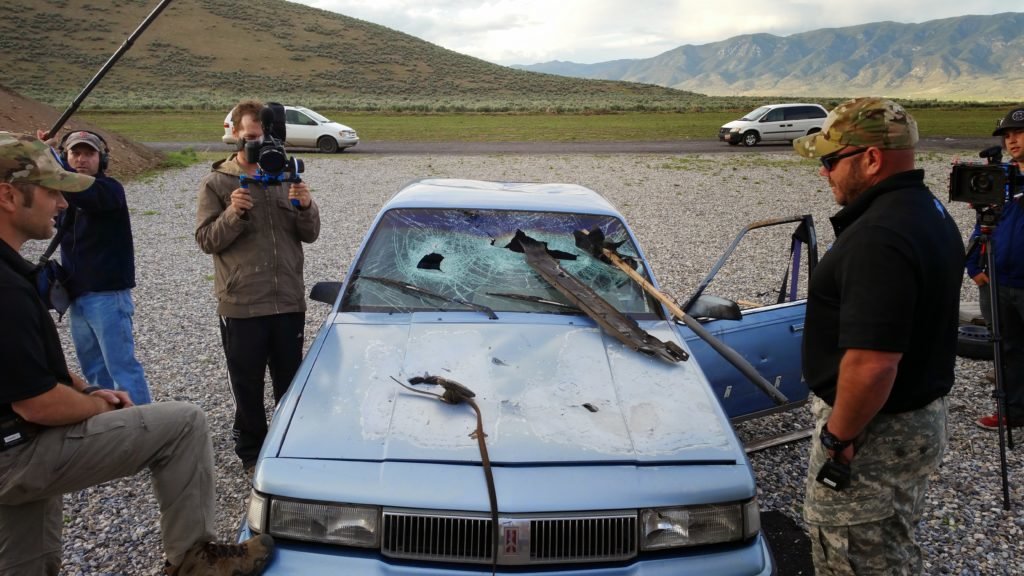
“The second I got home, we would just work every night filming that content on the weekends,” Best said. “When I went back overseas, we would slowly trickle that content out. So people didn’t really know I was deploying as much as I was.”
But he was deploying regularly, and his new public profile was unexpected. “I’m actually a really big introvert, and I don’t think a lot of people know that about me,” Best said. “I kinda hide in my home. I had a lot of followers that were watching my videos that would deploy overseas, and I would keep running into those people and they were like, ‘Why are you over here?’ or ‘You’re that guy!’”
Best’s Article 15 notoriety, along with the scores of followers on his YouTube page, led to his meeting with Evan Hafer. “Evan and I worked in similar jobs [in the CIA],” Best said, “and my Ranger buddy was working with Evan and was like, ‘Dude, you’ve gotta meet this guy Mat Best. You two have the same style of humor, he’s doing business stuff too.’ So Evan eventually reached out to our inbox. I never checked it, but of course Jarred did.”
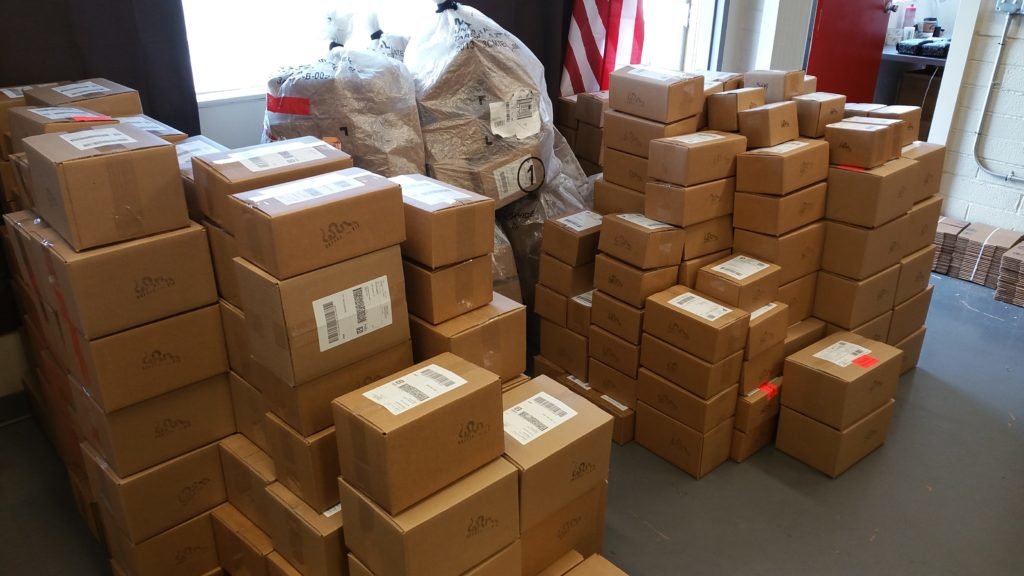
Taylor, as usual, was managing multiple projects simultaneously but immediately responded to the message. “JT is really the glue that brought everyone together,” said Richard Ryan, Black Rifle Coffee Company’s executive producer.
Hafer and Taylor got on the phone and talked for two hours during Taylor’s lunch break.
“Really early on he was looking at influencers who were in this space, and ultimately that’s how he found the Art15 guys,” Kirkham said, referring to Hafer keeping an eye on the social media sphere. “The idea being, man, these guys are driving a lot of traffic, traffic equals eyeballs, eyeballs equal sales — how do we harness that?”

Hafer headed to El Paso, Texas, where Taylor was stationed at Fort Bliss, to meet the team from Article 15. He spent a day hanging out in Taylor’s garage. “Jarred and I were like, ‘Holy crap, this dude is awesome,’” Best remembered. “We drank whiskey and laughed our butts off.”
Taylor’s usual nighttime routine was to “pound booze and come up with all kinds of crazy shit and then be awake at 7AM the next morning just editing things and executing stuff.” This was exactly what Hafer got to witness on his visit. “We just repeated this cycle for three days, and he was just laughing at the whole thing, like, ‘God, you’re a crazy person,’” Taylor said. “And that’s when he invited me back to Salt Lake for the first time.”
A month later, Taylor visited Hafer’s house in Park City, Utah, to see what Hafer was working on. The two went to High West Whiskey and began to drink. “Evan tells me he has this book of the most ridiculous T-shirt designs that he’s ever come up with, and he tells me one that’s an elk mounting a deer with a fish on its head,” Taylor said. “I immediately call our artist at the time, I’m like ‘MAKE THIS NOW!’”

The two stayed up until 3 in the morning, drunk, laughing, and throwing ideas around until their entrepreneurial spirit was inspired by the distillery where they had been drinking. Hafer, Best, and Taylor combined forces to create the brand Leadslingers Whiskey. “That was the first venture that we all came on together,” Taylor said.
At the same time, Hafer and Kirkham were working for a startup called ReadyMan, run by investor Jayson Orvis, who “wanted to build out a curriculum for training in home defense and tactics,” Kirkham said.
“Between me and Mat and Evan, we were all jumping in on different things that we were doing,” Taylor said. “Me and Mat would constantly go to Utah, back and forth, to work on TwistRate and ReadyMan stuff, and then shoot content for Article 15 Clothing and Leadslingers Whiskey.” It was a baptism by fire in business practice, learning lessons on the job that set the foundation for future success.
In 2014, Hafer came to Taylor and Best with a promotional idea for Black Friday: a special edition Article 15 coffee.
Best and Taylor thought it was a fun idea, but neither shared Hafer’s passion for coffee. “So we were like, yeah, whatever, it’s just a fun knickknack, it’s coffee, whatever,” said Best. Hafer spent hours roasting beans in his garage, making 500 pounds of ready-to-ship coffee on a small one-pound roaster.
“Evan telling me his coffee was great is like someone telling me they make the best gin in the world,” Best said, laughing. “I don’t drink gin, I have no fucking clue what good gin tastes like.” But Hafer knew his coffee was something special, and more importantly, had potential as a viable business product.
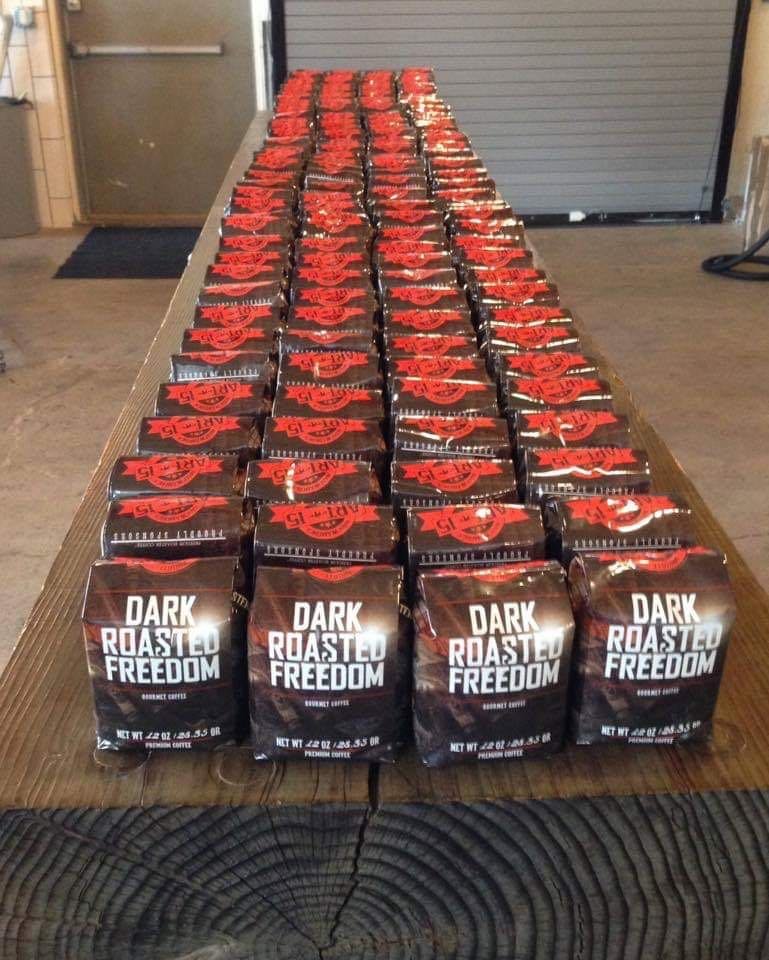
They advertised the coffee at the end of one of Best’s YouTube videos, “Grinch vs. Operators.” A still shot read, “Warming Up that Right Hook for a $200, 50” TV on Black Friday? Introducing Dark Roasted Freedom. We’ve got the fuel you need to throw down like a champion.”
Dark Roasted Freedom was an instant hit, selling 300 bags in the first five days. “Nobody in that world had ever seen anybody launch a bag of coffee,” Taylor said. “People wanted to bring it to work and display it, like ‘Oh, this is a cool bag, the design is super rad.’”
“But when we start getting responses back from people who were drinking the coffee,” Best continued, “everybody’s like, ‘Holy shit, I bought this because the label looked cool, but this is actually amazing coffee.’”
Given the success of what was supposed to be a one-off product, Hafer started roasting more coffee in his garage and released some promotional videos. “They caught a little bit of traction,” Taylor said, “but they were also getting torn apart because they were just weird.”
However, Taylor had built a thriving Facebook community called Drinkin’ Bros, and put the members to work. “I went into Drinkin’ Bros and said, ‘The official coffee of Drinkin’ Bros is Black Rifle Coffee, make sure no trolls talk shit on this Facebook page.’ So they all ran over and started melting down all the trolls that were kinda being douches about it.”
Charles Waldron, then a ReadyMan employee, was the first official employee of Black Rifle Coffee Company. He fished a desk out of the trash and set himself up next to the bathroom. Waldron became a jack of all trades in the office.
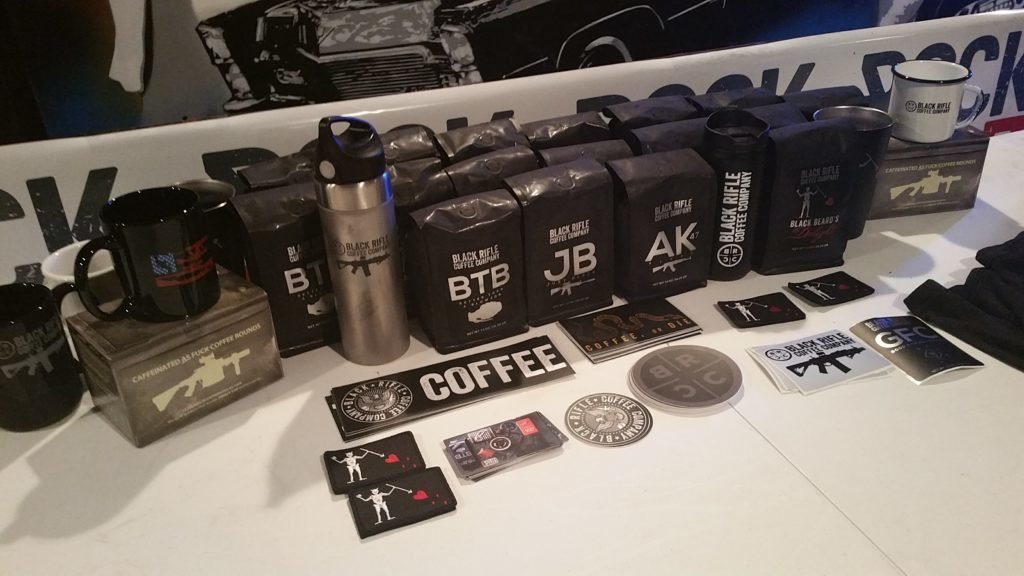
“People always ask what your job title is — I say I’m the Pope of Coffee Town,” Waldron said. “With all the hats I wear here, the Pope hat is the biggest and funniest hat. What I couldn’t handle, Evan dealt with as well.” They would pass an iPhone 4 back and forth, taking turns working on every tiny detail of the company. The smell of grass was constantly wafting through the office building they shared with a landscaping company.
In January 2015, Taylor started filming commercials for BRCC while Best was deployed. “The funniest part,” Taylor said, “was you had trolls coming in and commenting on this coffee company page. Me and Evan were admins, we were responding to them from the company, just destroying them. Evan telling this guy, ‘Yeah man, I think I met you at a truck stop before. I think you were behind a wall though, so hopefully your job’s going good.’ We were savage on it.”
Black Rifle Coffee Company and Article 15 were now closely partnered and began sharing data about their online engagement. Taylor and Hafer were both obsessed with the science behind social media. “We were on the phone four times a day, just sharing theories and data about converting people to go to your website and buy things,” said Taylor.

In the spring, Hafer took on more responsibilities at ReadyMan and had to put BRCC on the back burner. “All of us were like, Black Rifle has so much more potential than ReadyMan,” Taylor remembered. The summer of 2015 brought with it an uncomfortable conversation with Jayson Orvis. “We’re like, ‘Dude, all of us just want to work on Black Rifle — ReadyMan we don’t see as a viable thing.’”
But ReadyMan wasn’t the only business the group pivoted away from. Best strongly agreed about the business potential in BRCC, not just when compared to ReadyMan but also compared to Article 15. “We had such a consistency in creating brand T-shirts every month, and I don’t think that was our true passion,” Best said. “We wanted to create content and videos. So coffee gave us the opportunity to have something that was a perishable item, which means that people consume it and have to repurchase it. You buy one design of a T-shirt, whereas someone could buy Just Black a hundred times if the quality is there.”
“It’s easy for the lines to get blurred because there was so much stuff going on,” Ryan said. Ryan, who had been working with Best and Taylor on their videos, signed a contract with Verizon and Hearst Communications to launch a digital media brand, and he made sure to write into his contract that he could promote Black Rifle Coffee.
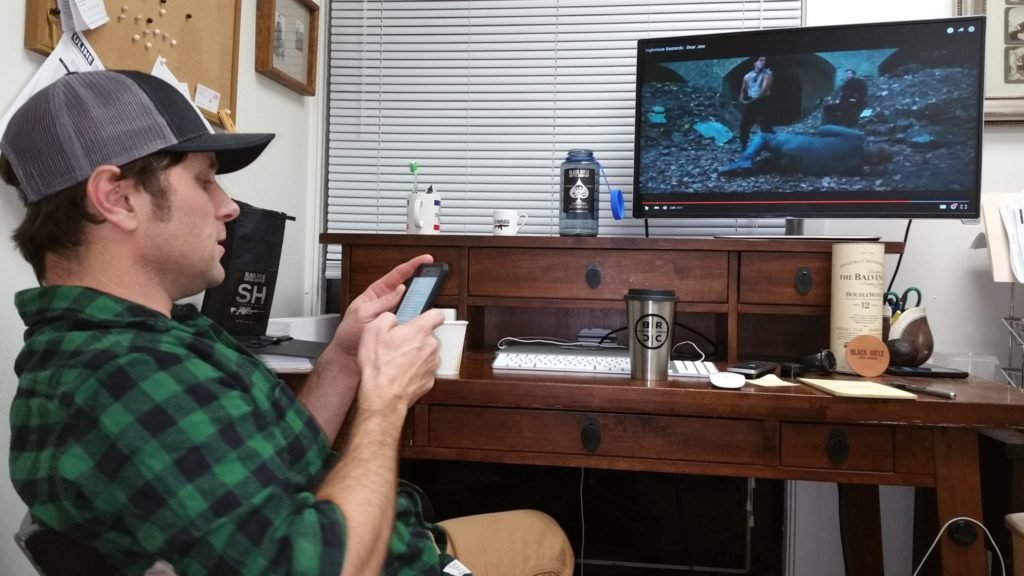
“I was able to kickstart Black Rifle Coffee on my YouTube channel in the first year and get people like Mat paychecks,” Ryan said. He hired Best as paid talent for his Rated Red channel to help sustain the business financially.
“As things went forward, things just kept escalating,” Taylor said. “When we did ‘Bitch I Operate,’ the song, that was the first time we had ever pushed the coffee club at the end of one of our videos, and it did really well.” Slowly, BRCC began to reach the velocity of Art15. It wasn’t long before the coffee was consistently outselling Article 15’s best days.
Best and Taylor were also occupied with yet another project — “Range 15,” a crowdfunded film in partnership with another veteran-owned apparel company, Ranger Up. “Art15 kinda suffered from that because we weren’t working on it every day,” Taylor admitted. “Mat and I were no longer putting out videos every week — we were busy with this giant movie that was in our laps.”
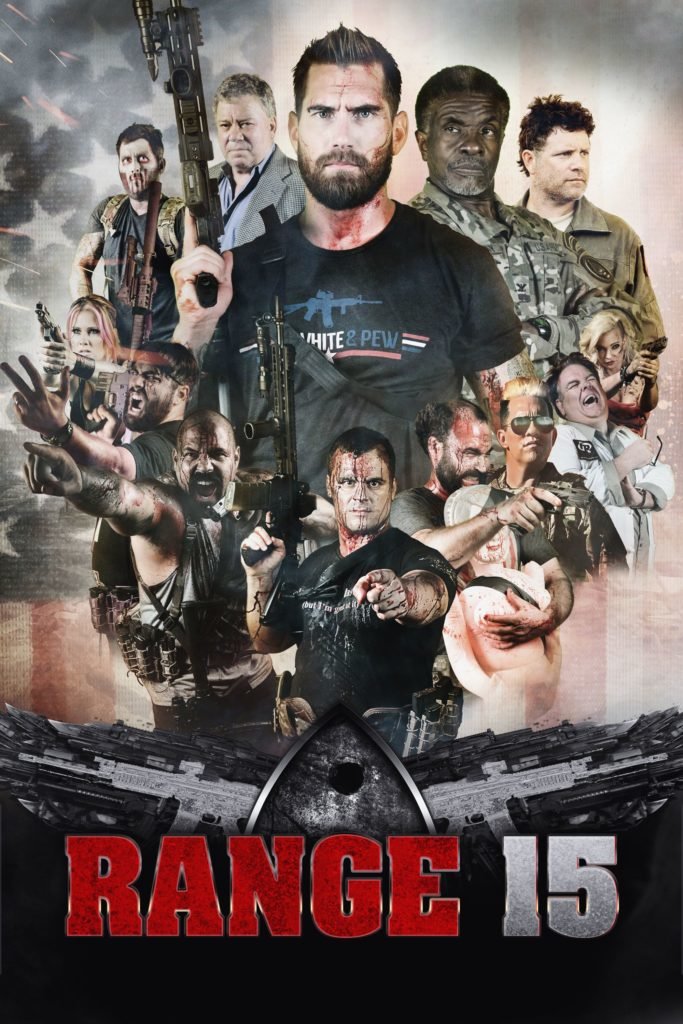
Meanwhile, Kirkham was helping Hafer with his responsibilities at both ReadyMan and BRCC.
“The coffee company started spinning up,” Kirkham said. “He came to me one day and said, ‘Look, I’m getting overwhelmed with the coffee stuff. You take ReadyMan because it’s kinda more your wheelhouse, and then I’ll take Black Rifle. We’ll just keep working together and using both companies as synergy to create that chemistry.’” So Kirkham took over primary responsibilities on ReadyMan, leaving Hafer free to focus on his longtime passion for coffee.
“Right as Mat and I got back from Iraq on the [USO] tour with ‘Range 15,’” Taylor said, “Evan was finally like, ‘I need your guys’ help.’ So Mat and I jumped in the truck, we drove from El Paso to Salt Lake, and we never went home.” Taylor had someone ship all his possessions to Utah.
Hafer had rented a shared office space for Black Rifle Coffee Company, and Taylor and Best moved right in. “He gave me and Mat our space, he gave us a card, said get what you need,” Taylor said. He immediately purchased computers and microphones to set up a recording studio.
Hafer came in late the next morning and was greeted by the sound of Taylor and Best recording the song “Safety Brief” with a refrain of, “Charlie Sheen has AIDS.” “The guys from the other company were just staring at him wide-eyed, like, ‘What did you bring to this building?’” Taylor said, laughing. Inevitably, everyone was humming “Charlie Sheen has AIDS” for the rest of the week.
The team decided the next step was to film a massive coffee commercial. Two weeks later they had finished and released the video “How to be American.” “It was just filmed on cell phones of Mat walking through the coffee office,” Taylor explained. “And it just blew up. The timing was perfect with the tone on the internet, and it just went massive.”
After “How to be American” was posted in August 2016, BRCC had to shut down sales for five days.
“We maxed out our store,” said Logan Stark, Black Rifle Coffee’s
editor-in-chief and a former U.S. Marine Corps Scout Sniper. “We sold
out of everything. I remember getting calls from fulfillment like, ‘Yo,
you guys gotta let us know when you’re gonna drop a video that’s going
to get 20 million views because we had no idea we were going to get this
huge influx of orders and you guys wiped us out and we had no idea this
was coming.’”
The company started out with three partners and had three employees by July, but by the time they moved into a permanent office in October, they were up to almost 80. “We exploded. We went almost overnight from an $8,000 gross day to $20,000 or $30,000 a day,” Taylor recalled, still shocked by the speed at which they grew.
At the start of 2017, the company was rapidly expanding to meet the rise in demand, but the company’s notoriety was about to hit a new high.
“I was sitting on a podcast with Evan,” Best said. “We were live on the show and I guess he had been texting back and forth with Gary Stevens about this meme.” Recently, Starbucks had pledged to hire 10,000 refugees as employees of the company. Stevens had created a meme with an image of jihadis with Starbucks cups and a responding pledge printed on the bottom: that Black Rifle Coffee Company would hire 10,000 veterans in the next 10 years.
“He held up the photo while we were talking and my eyes just lit up like, ‘Post it, it’s going to go so viral,’” Best said. They posted the meme on the BRCC Facebook page while recording the podcast, and every time they hit refresh they watched the total number of likes soar. “We were like, ‘Oh god, oh god.’ And then it got so big we were like, ‘We’re gonna get sued, oh god.’”
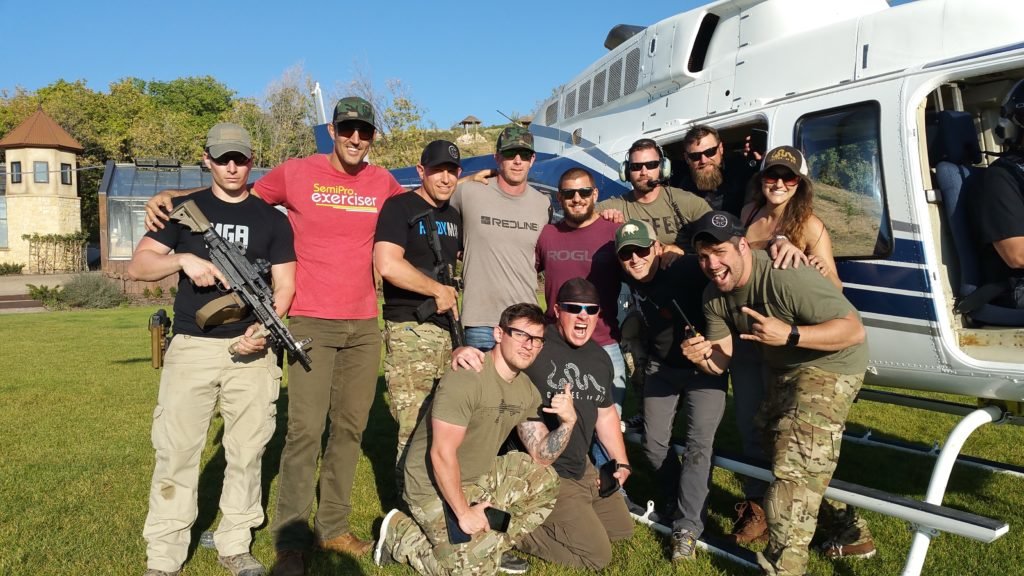
“We call it Meme Day,” said Nate Olsen, an avid skydiver and Black Rifle Coffee Company’s paid media manager. “I was the only one doing forecasting at the time, and I lost my shit.”
The meme caught fire, and a few days later Hafer was invited to appear on Fox News Channel’s Fox & Friends morning show to discuss the pledge. “We broke the friggin’ site,” Best said. “We were out of absolutely everything. It was a bittersweet moment, looking around the table like, ‘Okay guys, I guess we need to hire people.’” According to Best, they tripled their total number of employees that week.
“We have these brand pillars of inform, entertain, and inspire, and if controversy happens it’s just reminding people, this is where our head’s at,” Stark said. “That Starbucks thing, we were trying to inspire a group of people who were not being represented as much as other demographics within the media, and it took off. We’ve always prided ourselves on being pretty irreverent and unapologetic in our viewpoints, and I think that’s what our core audience and our core demographic want.”
Some called the pledge over-the-top, others said it was offensive. Many thought it was a respectable but unrealistic goal. But when placed in the context of what Black Rifle Coffee had achieved up to that point, the meme shouldn’t have come as a surprise: The company is known for sarcastic humor that pushes limits, and their business growth at that time (and since) would be considered unrealistic for any small business — but they did it.
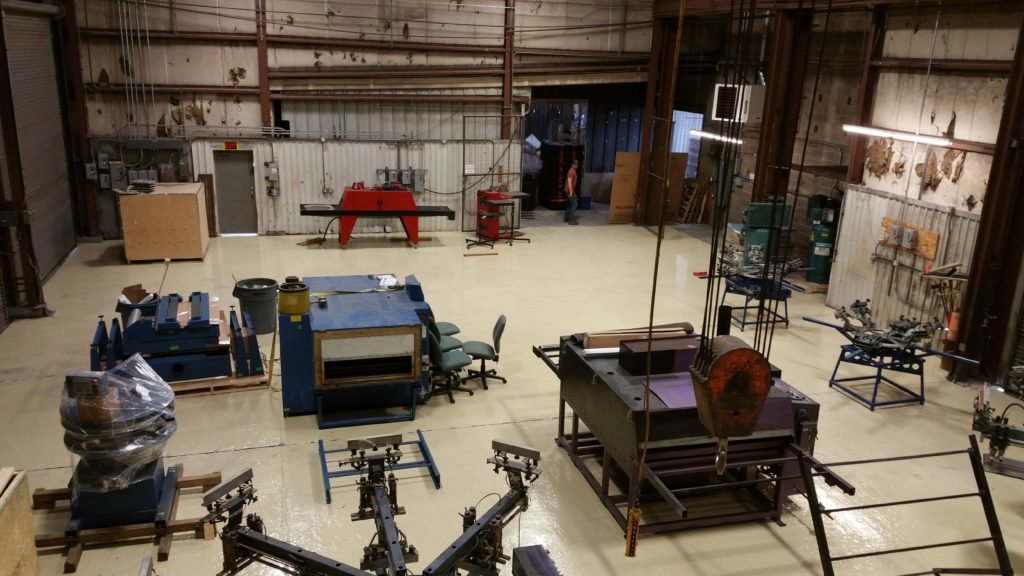
The company’s commitment to veteran hires and the veteran community was no joke, though. “I don’t really think that there’s any other brand out there that people truly turn to that’s wholly product-driven that really has this huge voice for the veteran community,” Stark said. “It’s one of those things, like, with great power comes great responsibility, and we don’t take that lightly at all.”
But that can contrast dramatically when working with outside civilian-owned companies that don’t share the same background. “You’re limited to their pace,” Waldron explained. “We want to go, go, go. We’re just hitting targets, objectives, on to the next one. We’re using military operation order format to execute a mission.”
“We’re trying to be stewards of this community and show people you can be hyper successful post-military and be a good dude doing it,” added Best.
Following Meme Day, 2017 continued to be a year of unbridled growth as the team tried to decide its next move — literally. “The second we got the office built out to exactly what we wanted,” Taylor said, “we had built the podcast studio, the photo studios, we had the coffee shop at the front of the building, Evan’s like, ‘Okay, let’s move.’”
“We want to go, go, go. We’re just hitting targets, objectives, on to the next one. We’re using military operation order format to execute a mission.”
Most of the company moved to the new headquarters in San Antonio, Texas, in March 2018, but some operations remained in Salt Lake City. And throughout it all, the company kept growing.
“I’d heard stories from all these entrepreneurs like, ‘This is the hardest job you’ll ever have,’ and I’m like, ‘Dude, I’m a Green Beret, what are you talking about? You guys don’t know what hard work is,’” Hafer said. “But no — this is brutal. It’s relentless. This never ends. You never turn it off. It’s always on.”
As the company grew, Hafer took inspiration from the Arab Spring. “If you can overthrow a country using Twitter, you should be able to market a company,” he said with regard to the company’s deep commitment to social media. “We should be able to market a product against these older companies that are just stuck in the lethargy of their old corporate behaviors, versus us being agile, virile marketers.”
He also knew that his background as a Green Beret and Best’s background as a Ranger made a difference in how they perceived the world: “We’re essentially guerrilla fighters, it makes sense for us to be guerrilla marketers.”

“It goes back to that military ethos,” said Stark. “When you’re bored in the military, that’s when some of the best times happen. You open up yourself to think outside of the box.”
The team saw BRCC as both a coffee company and a content company. “We’re not out here being coffee salesmen — we want to be cultural salesmen,” emphasized Best. “We want to empower the veteran community, create a support system for like-minded individuals. We really just want to provide entertainment and value to people’s lives.”
Everyone at Black Rifle Coffee Company agrees that creating content for their customers is what is most important to support the thriving community of veterans who form their core base. “I love hearing affirmation from our audience that they know we haven’t changed,” Stark said. “We have the ability to remind our audience there’s not some corporate foundation behind it. It’s still that guy that was in Iraq and Afghanistan in 2014. Five years later, it’s the same group of people that are still running this thing. We have to stay true to who we are because that’s what the audience expects from us.”
“We’re essentially guerrilla fighters, it makes sense for us to be guerrilla marketers.”
Black Rifle Coffee has become a prominent part of online veteran culture. “This is a very unique company in the fact that the owners have a level of fame for their personalities,” Taylor pointed out. “If you look at any other company, very few people can name the owner of that company. You have us as the top three in the company. That makes it super difficult.”
But while that notoriety might cause challenges, the core team of personalities has always been a boon to the company. “Look at Jarred Taylor,” Best said. “Everybody knows Jarred, he’s a crazy person. But he’s in nonstop creative mode. That’s all he wants to do, and that’s all he really does, is ideas, ideas, ideas, ideas, ideas. Then you’ve got me, where I take ideas, I develop them into a structure that works or a design that works. But you really need an implementer, and Evan is a hardcore Get Shit Done kind of guy. If he doesn’t know how to do it, he goes and figures it out.”
The respect for Hafer among BRCC employees runs deep and strong. “He has these crazy ideas in his head that make people run around pulling their hair out getting it to work, but they believe in it and they get it done,” said Waldron.
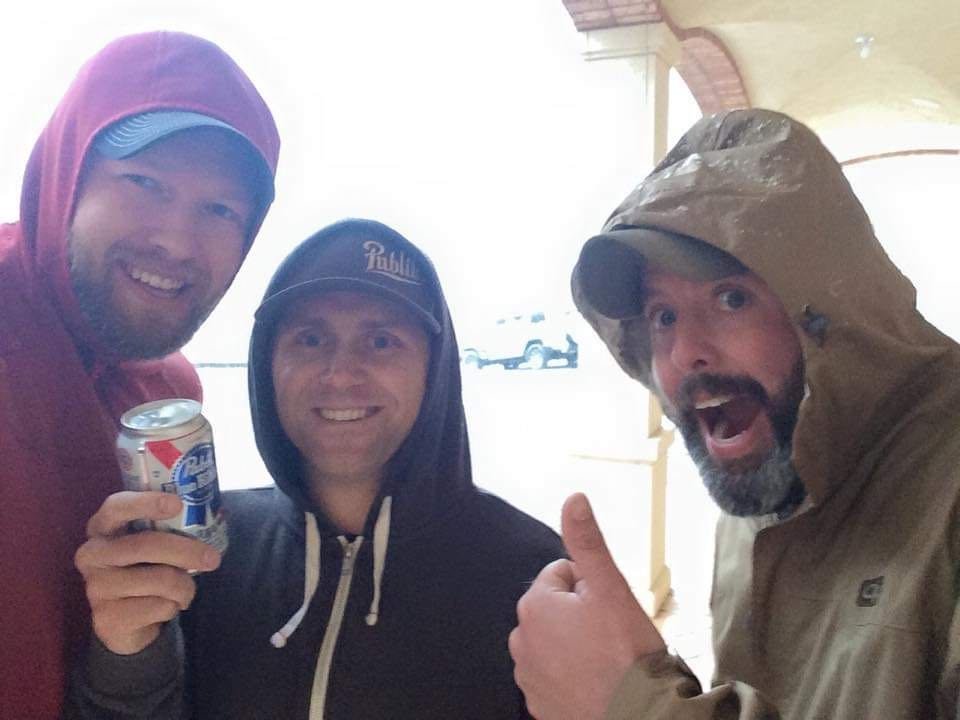
“I think leaders eat last,” said Hafer, describing his approach to running the company and managing a continually expanding team of employees. “Being an employee for a long time has helped in that regard because I want my employees to legitimately enjoy the workplace. I want them to be excited about coming to work because I’m excited.”
Hafer’s philosophy is slightly different than that of other CEOs. “The true value of success is how much happiness does your company really provide you and your employees, how much true, tangible emotional value does your company create. Not how much fucking money does it create,” he said. “If we only emphasize the almighty dollar, we’re going to find ourselves morally and ethically bankrupt. The company’s growth has always been about what type of interesting things can we do, what type of people can we bring in.”
But beyond bringing new people in to help drive the massive engine the company has become, his partnership with Best in particular draws from their common experiences in the military to create a unique workflow at the top level. “They’ve been the tip of the spear for the company,” said Ryan.
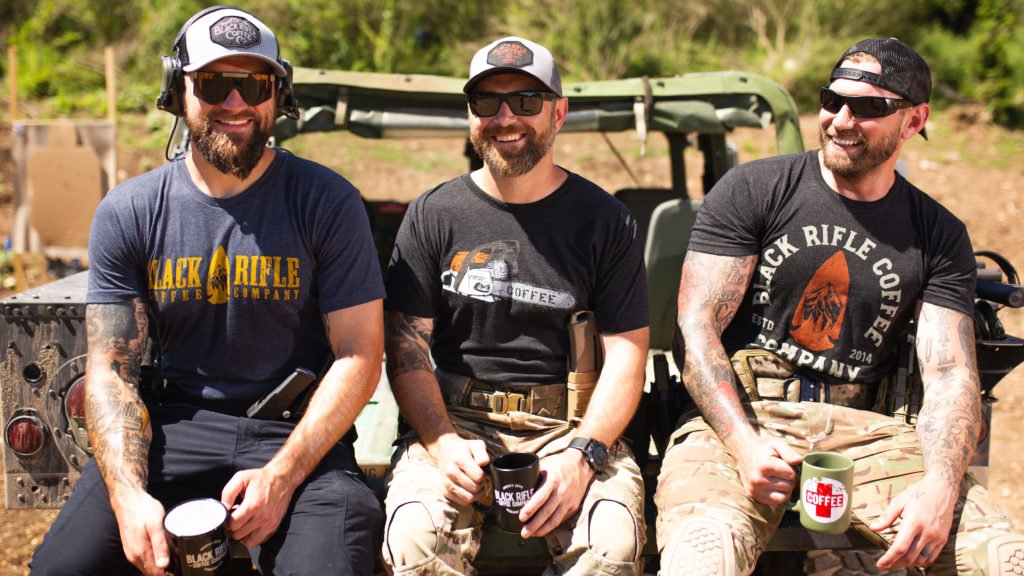
“We use CQB analogies, Close Quarters Battle,” Hafer explained. “You always need two guys to make entry into a room. One guy will go left, one guy will go right. Mat and I are uniquely suited in business. It’s like, he goes left, I go right; if he goes right, I go left. If I see him do something, I don’t need him even to communicate to me, I just start picking up the slack. He’s the same way. We’re best friends, and we get to work together on the project we want to work together on. It just continues to make us better friends.”
However, when any team puts in long hours in stressful environments, year after year, it can sometimes result in friction despite the best of intentions. “If you want to strain a relationship, try working with friends,” Ryan said. “It’s a very, very difficult dynamic. You love and you care about these people, so you tiptoe around certain things. Then again, that’s not to say it’s not extremely rewarding either. I would say that the highs are probably higher, the lows will be lower.”
“I think at the core of who we are and what this is, at the end of the day it’s a friendship,” Stark said about the leadership team. “As much as we pride ourselves on being hard workers, you can’t snap your fingers and be creative. Those good ideas don’t just pop up exactly when you want them to, they come when you’re in a place of collaboration and happiness.”
Last year, the team of friends went to Boise to see Joe Rogan, but they also wanted to spend some time bonding outdoors. On their way back, they discovered their next big hit — Instructor Earl.
“We started talking about all the Instagram operators we were seeing and some of the spoof meme accounts that were out,” said Stark. “We just started talking about, ‘Wouldn’t it be funny if we did something that kind of made fun of these inauthentic unqualified instructors?’ We just started riffing in the car about this concept, and it was just nonstop laughter for like three hours in this car driving back to Boise.” Even after everything they’ve been through — both good and bad — the spirit of creativity, teamwork, and humor continues to power Black Rifle Coffee through every challenge, from the office to the wilderness.
On Sept. 29, 2019, Black Rifle Coffee Company opened its first stand-alone licensed coffee shop in Boerne, Texas. The company has ambitious plans in place to open 50 more stores in the next five years.
The store opening was the capstone to a strong year for BRCC, from opening a new, state-of-the-art roasting facility in Manchester, Tennessee, to the hiring of former Panda Express and 5.11 Tactical CEO Tom Davin as the new co-CEO. A former Recon Marine and longtime company board member, Davin fits in well at Black Rifle Coffee and brings a lot to the table. Panda Express had 650 restaurants when he assumed his position as the CEO in 2004; six years later, Davin had expanded their footprint to over 1,300 stores. He did the same as CEO at 5.11 Tactical, taking them from zero brick-and-mortar retail locations to 50 by the end of his tenure there. That’s exactly the kind of experience that will help BRCC tackle aggressive expansion moving forward.
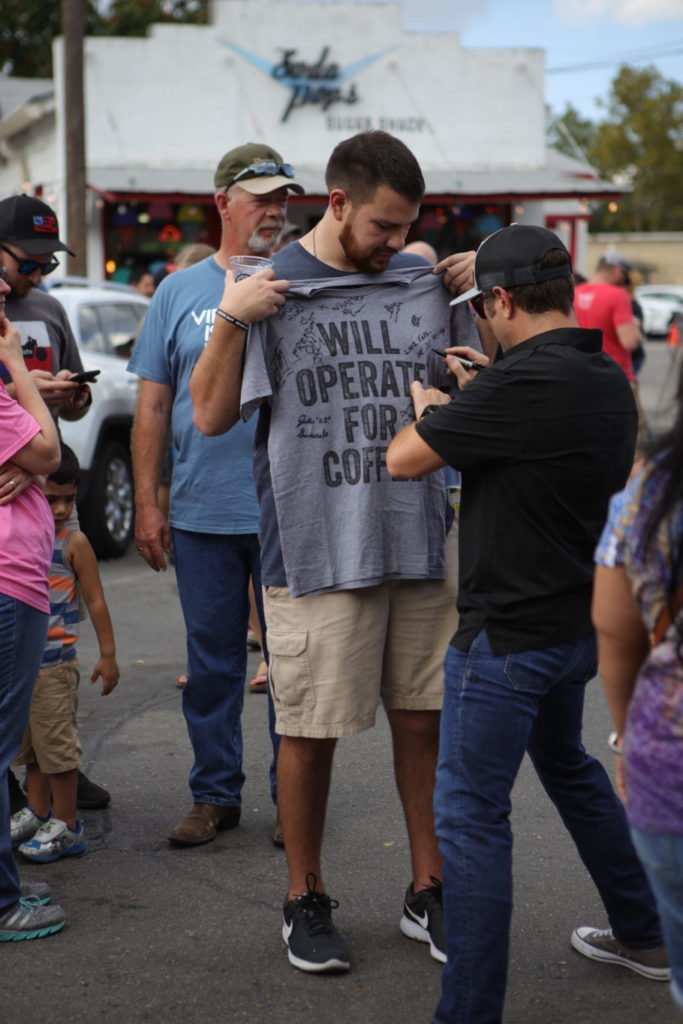
As Black Rifle Coffee Company continues to expand, the people leading the way refuse to lose sight of the core values that bring them all together. They are devoted to their Buy A Bag Give A Bag program, which partners with Operation Supply Drop and Soldiers Angels to ship a bag of coffee to deployed U.S. service members for every bag of coffee purchased. In addition to their growing library of irreverent videos, they have also added BRCC Presents, a more sober series that highlights individual veterans and veteran organizations in a documentary style that often leaves viewers inspired.
And, of course, there is the addition of BRCC’s online lifestyle publication, Coffee or Die. The publication you’re currently reading was launched in the spring of 2018 and continues to define itself with written stories and a video series that stand out for their quality in a crowded field of veteran media publications.
But it continues to be the collaboration among the 200 Black Rifle Coffee employees that powers the company forward, and Hafer, for one, doesn’t want their success to cause them to lose sight of that.
“The people in the company constitute the company,” Hafer said. “When I cruise in through the doors, I’m like, ‘This is great, this is incredible, this is an incredible opportunity for me, this is an incredible opportunity for my family’ — but I can’t do it by myself, nor do I want to.” From a single pound roaster to frantic shipping fulfillment to spreading across three states and soon beyond, Black Rifle Coffee Company continues to keep all hands on deck.
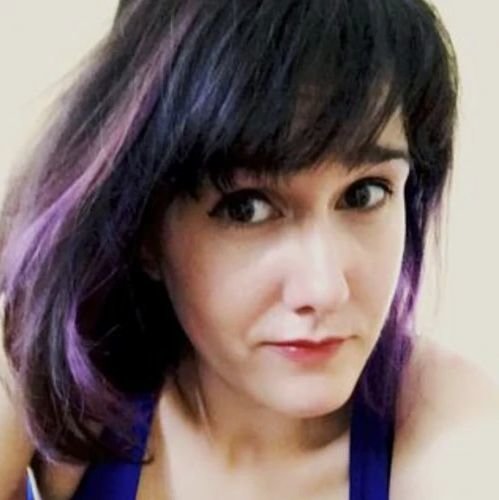
Maggie BenZvi is a contributing editor for Coffee or Die. She holds a bachelor’s degree in political science from the University of Chicago and a master’s degree in human rights from Columbia University, and has worked for the ACLU as well as the International Rescue Committee. She has also completed a summer journalism program at Northwestern University’s Medill School of Journalism. In addition to her work at Coffee or Die, she’s a stay-at-home mom and, notably, does not drink coffee. Got a tip? Get in touch!
BRCC and Bad Moon Print Press team up for an exclusive, limited-edition T-shirt design!
BRCC partners with Team Room Design for an exclusive T-shirt release!
Thirty Seconds Out has partnered with BRCC for an exclusive shirt design invoking the God of Winter.
Lucas O'Hara of Grizzly Forge has teamed up with BRCC for a badass, exclusive Shirt Club T-shirt design featuring his most popular knife and tiomahawk.
Coffee or Die sits down with one of the graphic designers behind Black Rifle Coffee's signature look and vibe.
Biden will award the Medal of Honor to a Vietnam War Army helicopter pilot who risked his life to save a reconnaissance team from almost certain death.
Ever wonder how much Jack Mandaville would f*ck sh*t up if he went back in time? The American Revolution didn't even see him coming.
A nearly 200-year-old West Point time capsule that at first appeared to yield little more than dust contains hidden treasure, the US Military Academy said.












